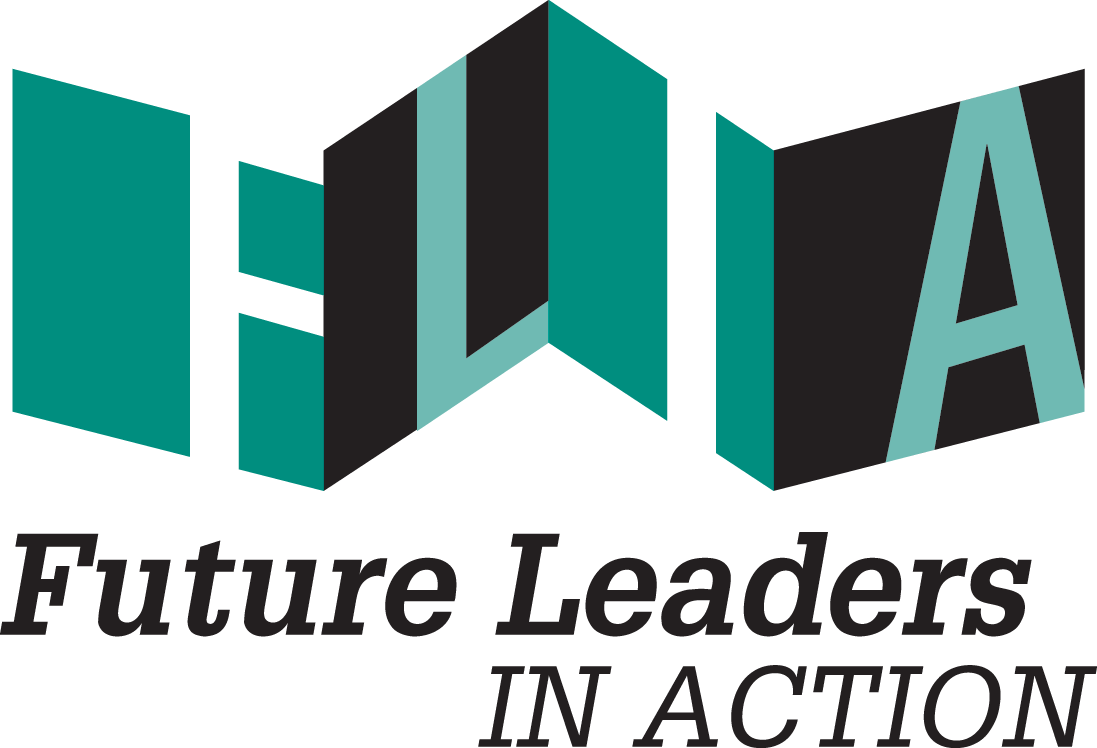Image: South Bronx United
These statistics point to an apparent, ongoing educational inequality problem in low-income neighborhoods. Extensive research has demonstrated that a person’s social class is one of the central predictors in determining academic success. Educational inequality stems from various socioeconomic factors such as wealth, race and gender. Moreover, disparities in education fuel the school to prison-pipeline as it displaces students into the criminal justice system regardless of learning disabilities, history of abuse, and/or mental disorders.
“As an active member of my community, working with SBU to promote community building and students’ self-growth has allowed me to be a role model for others.”
My first encounter with educational inequality was when I attended DeWitt Clinton High School in the Bronx. There was a lack of textbooks, very few computers in the school library, and dilapidated school infrastructure. However, when I entered the public health field, I realized the problem was much more complex than that. Educational inequalities are attributed to the communities people live in, family of origin, as well as the lack of cultural competency training for teachers. Compared to more prestigious high schools in the area, like the Bronx High School of Science, there was a stigma attached to students who attended Clinton. The main distinction between the two is the student demographic. I started my day getting scanned through metal detectors and walked the halls carrying all my books because students weren’t allowed to use the lockers. I couldn’t wear Timberland boots, have paper scissors, or even buy a Snapple drink in the glass bottle. When the bell rang, the police officers, with their guns on their hips, made sure that we didn’t stay in the hall for longer than necessary. While students at Clinton had to endure these extra safety precautions and were made to feel like a criminal, the school next door did not. According to the Atlantic, racial inequality within public schools is a large problem affecting school placement, gifted programs, and teachers’ expectations of academic achievement. The same study demonstrated a clear correlation between excessive security and a student’s reluctance of trust and safety.
“In many of the high schools in the South Bronx, more children will end up in prison than will go to college.”
Jonathan Kozol
As a FLIA fellow, I partnered with South Bronx United (SBU) to address these inequalities by providing tools for academic and professional success to middle and high school students from low socioeconomic backgrounds. Educational inequality also corresponds to poor health outcomes. According to Citizens’ Committee for Children in New York, 30% of children living in the Bronx are on the poverty line. To ensure that students are fed, SBU hires caterers and a chef because for many, it may be their only hot meal throughout the week. I assist by dishing out meals to students and packing it up for their families.
Image: South Bronx United
As the high school coordinator, I conduct student outreach and use pedagogy to inspire student success inside and outside the classroom. SBU uses soccer as a social tool for change, while striving to promote academic achievement. Staff foster a sense of community by empowering students with the independence to choose a course they need tutoring in and trusting them to be integrable on and off the soccer field. Students in the program also have the option to attend academic programming to understand that their actions have consequences, resulting in being ineligible for soccer competitions. I believe that this is a fundamental lesson that students in the Bronx must learn. SBU further promotes educational excellence by offering SAT prep, tutors, and student advisors amongst other resources. Furthermore, they offer college career advisors that walk students through the application process to alleviate the stress off of parents. In addition to tending to youth success, SBU extends their services to parents and families, further motivating students to succeed academically, professionally and athletically. There are various departments set into place to help families with legal representation, citizenship, and asylum. Within four years of high school graduation, SBU students are 93% more likely to graduate and matriculate into college, compared to 56% of students outside the program in the South Bronx. 55% of students within the program go on to earn their bachelor’s degree compared to 11% of South Bronx youth outside of the program.
As an active member of my community, working with SBU to promote community building and students’ self-growth has allowed me to be a role model for others. Most SBU participants come from countries where soccer is widely played and celebrated, but the costs in the United States make it largely inaccessible for those in the Bronx. This program helps combat financial stressors.



